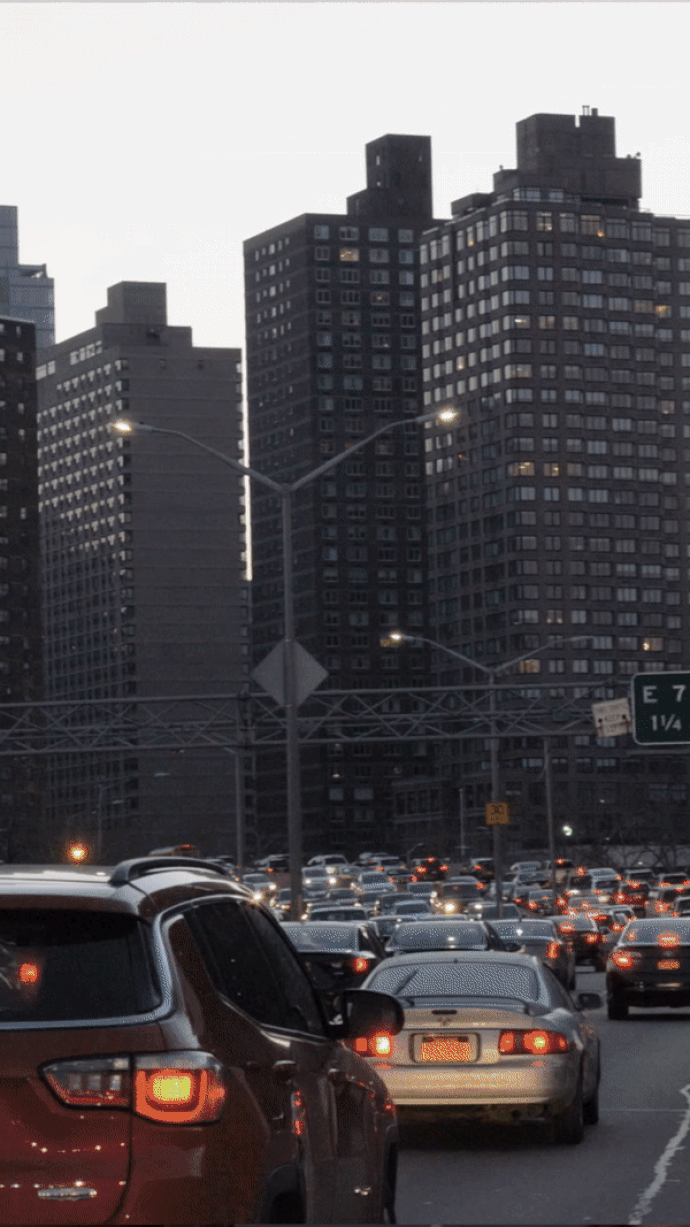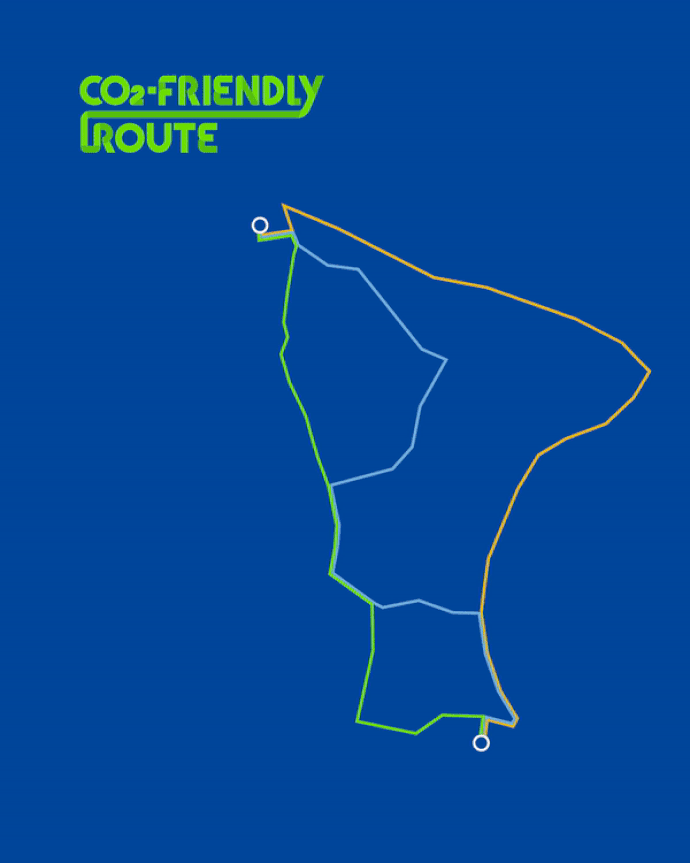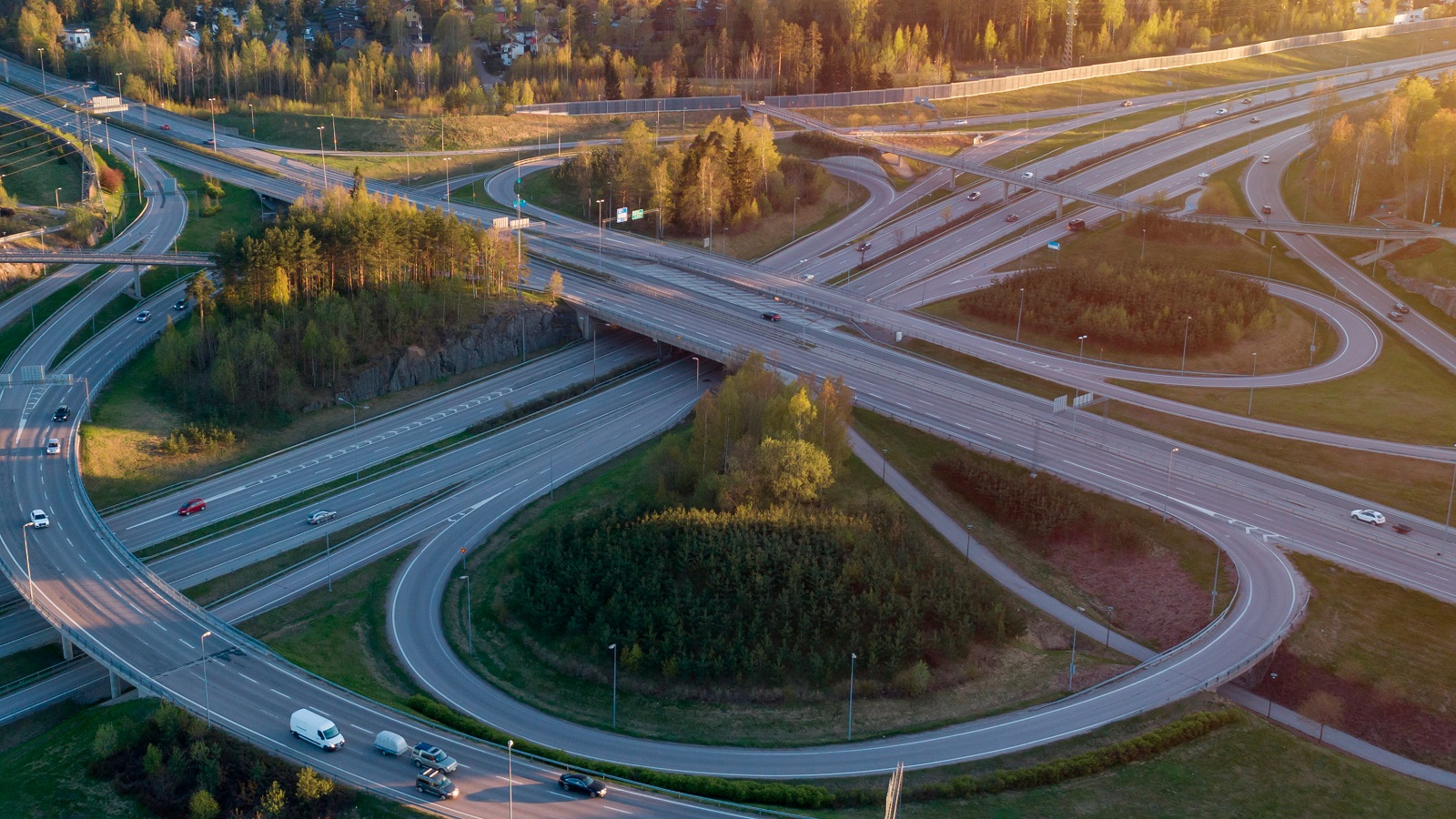When it comes to traveling from point A to point B, almost always, we pick the fastest route, which is usually the shortest. We make such a choice for several reasons: Time, to avoid traffic jams, or to reduce costs. Every time when we choose the route, we think about ourselves. But have we ever stopped and wondered which one of these options would Mother Nature approve? Well, let us tell you what route nature would like: The CO2-friendly option.
The eco-friendly route was launched at the end of June and was born after conducting an experiment, in which Neste, the world’s most sustainable energy company, HERE Technologies, and PTV Group participated. Alongside them was Neste’s creative agency, hasan & partners, who made sure to document every step of their process and then place it in a movie. The experiment concluded that traffic-related CO2 emissions can be reduced if drivers choose the right driving route, especially in urban areas on short trips with private cars.

Such a conclusion has solid evidence behind it: The experts tested the emissions of different routes, measuring them while the car used to do the experiment, a VW Golf, was equipped with special equipment. During the experiment, 13 different routes were tested in comparable conditions, three times each. The Technical Research Centre of Finland, VTT, then analyzed the data, after which HERE and PTV algorithms were used to scale and study the data further.
The experiment unfolded in Helsinki, where the specialists found out that by choosing a CO2-friendly route, 81,000 tons of CO2 could be saved every year in this region alone. This is the equivalent annual carbon dioxide emissions of 20,000 inhabitants or the removal of 30,000 passenger cars from the roads for a full year. The same experiment was modeled overseas, in San Francisco. In this case, the experts discovered that a CO2-friendly route could save up to 105,646 tons of emissions. “In one-third of test routes, the default map route led to higher emissions. Driving the most CO2-friendly route, in ideal conditions, was proven to reduce emissions by up to 13%,” says Juhani Laurikko, Principal Scientist at VTT.

The strategic planner behind this idea, Olessia Kozlova, also had a few words to say about this idea: “The potential for this idea is huge and fits perfectly with Neste’s mission to make the world a healthier place for our children. The results cry out for a default to CO2-friendly routes so we started to make this research public, and shared it with satnav developers, calling on them to review their route algorithms to help combat climate change.”
When planning this campaign, Neste had one goal in mind: That of making people embrace an eco-friendly behavior. But the initiative is not just for ordinary people. The company plans for its model to be adopted by satnav developers who can update traveling maps while keeping in mind nature’s well-being.
Credits:
Client: Neste
Agency: hasan & partners
